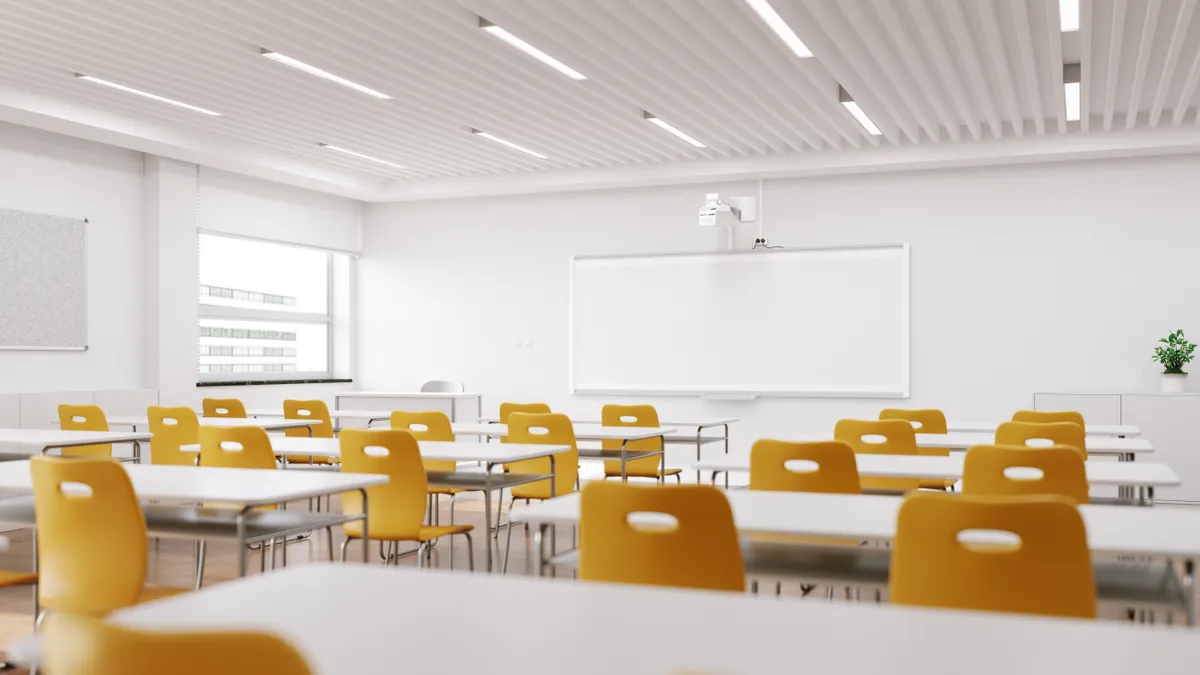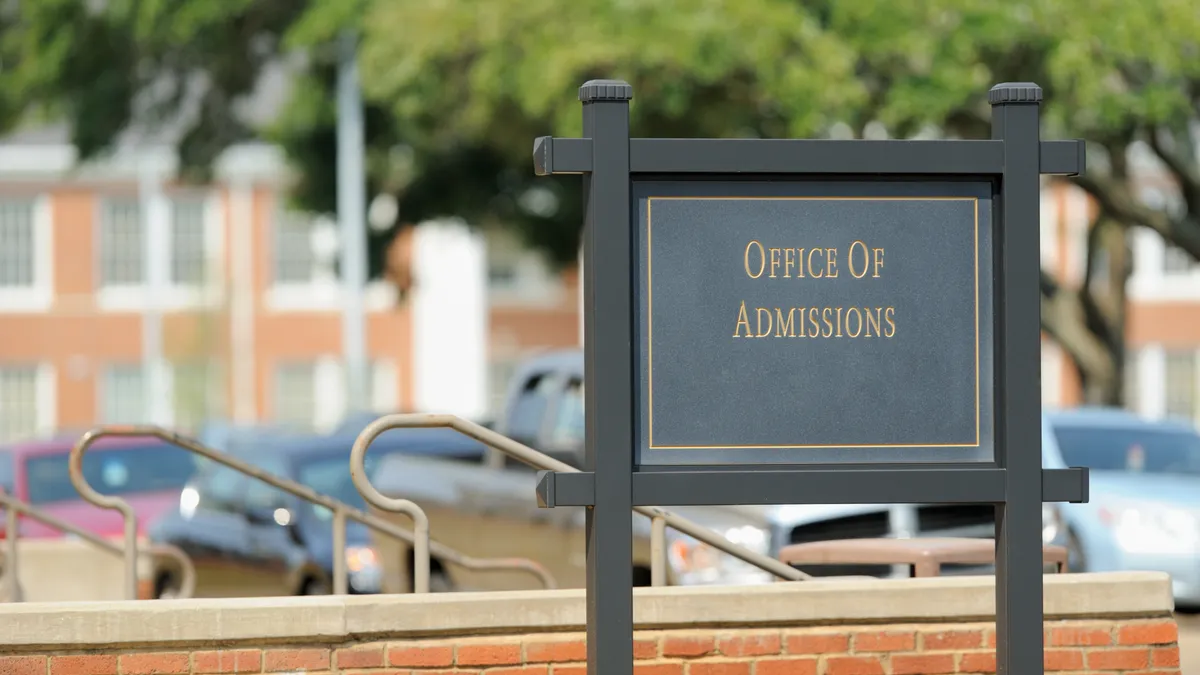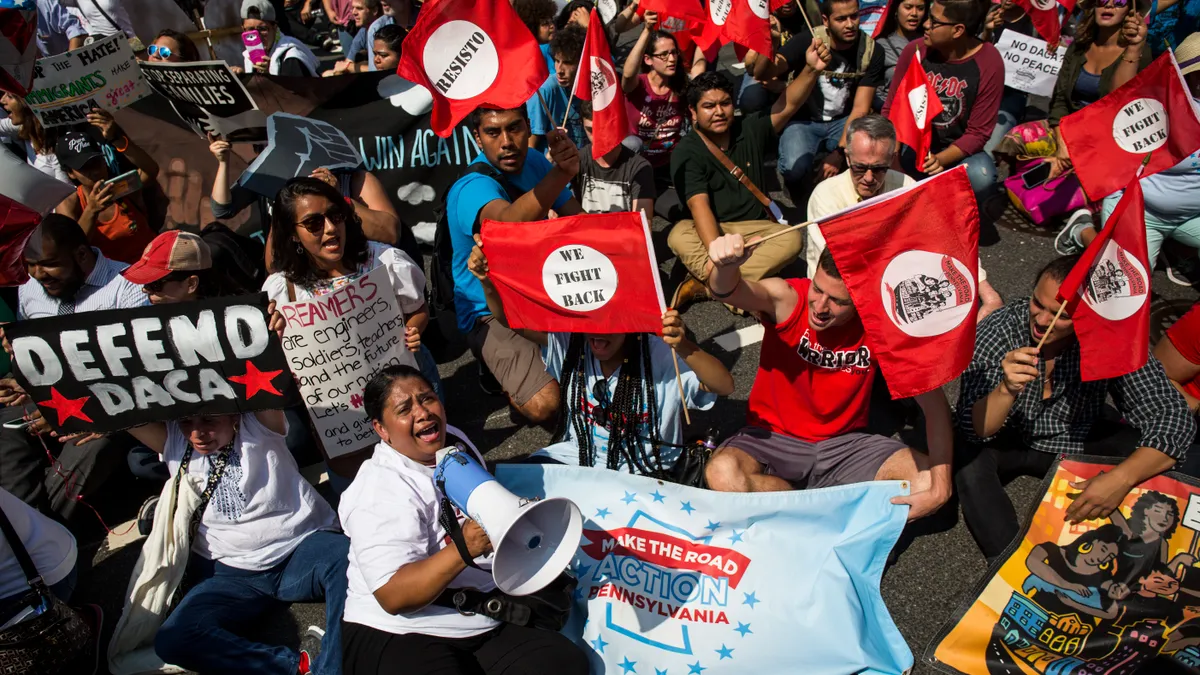The most talked about issue involving K-12 education in Arizona – and much of the country – is government funding. How can we support students and teachers while at the same time ensure that we are being judicious stewards of taxpayer money? How do you balance the positives of school choice with the need to fund public education adequately?
It’s a never-ending political debate with strong viewpoints on all sides, even on a topic that we all agree is of utmost importance: the education of our children.
At Grand Canyon University, we look at the issue through a different lens, particularly as it relates to education and poverty in inner cities. We don’t dispute that funding is critically important. But as we look around, there is a lot we can do through public-private partnerships that don’t rely on additional money from the government.
Consider the issue at hand: Across America, high school graduation rates are rising (the national graduation rate was 83.2 percent in 2015), yet low-income and minority students continue to lag behind their peers in finishing high school (the graduation rate among Hispanic students is 77.8 percent and 74.6 percent for African-American students), according to a report by Civic Enterprises and the Everyone Graduates Center at Johns Hopkins University.
More troubling are statistics from the Government Accountability Office that show the number of predominantly African-American or Hispanic K-12 schools classified as “high poverty” doubled from 2001 to 2014. Additional research by GAO revealed that an astounding 8.1 million students in schools classified as high poverty received less instruction in core subjects such as math and science.
All told, students in high-poverty areas lose about 22 days of instruction during a given school year compared to 12 days for students in lower poverty areas. These numbers come from a 2014 survey fielded by University of California Los Angeles.
From graduation rates and classroom instruction to faulty equipment, modern learning tools and reduced lunch programs, the disparity between schools in poverty and more affluent neighborhoods is well-documented.
To GCU, these problems are all too familiar. With a campus located in the center of one of the largest and most diverse areas of Phoenix, we have seen firsthand the obstacles facing inner-city youth. It made us wonder: What if, instead of looking at these students as problems to be solved, we looked at them as assets that should be invested in? What if, instead of putting Band-Aids on problems in inner cities, we focused on changing the cycle of poverty that occurs in low-income households through a better long-term solution – education.
Our university shares a neighborhood with Alhambra High School, a public school where 90 percent of the 2,800 students fall below the federal poverty level and 40 languages are spoken due to the large refugee population in the community.
In looking closer at this population of students, we learned that what occurs between 8 a.m. and 3 p.m. is not that different than at schools in more affluent areas. It’s what happens after school – from 3 - 8 p.m. – that puts at-risk youth at a distinct disadvantage.
Understanding this problem helped us develop a solution. By giving all students – regardless of where they live or their socio-economic status – access to a supportive environment, help with homework and even a meal after the school day ends, we believed we could set them on a path for success. At the same time, we were confident we could help Alhambra High improve its rating by the Arizona Department of Education, too.
For GCU, the solution is the Learning Lounge. Located in the heart of our campus, the Lounge is a place K-12 student can get free academic assistance from some of the best and brightest GCU students.
Free tutoring, in itself, is not a novel idea. What makes the Learning Lounge different is that:
- It’s housed on a university campus, where many inner-city kids never dream of setting foot;
- It’s led by GCU students, many of whom have been in these kids’ shoes and are hungry to give back;
- Students who attend the Lounge can apply for 100 full-tuition Students Inspiring Students scholarships per year that are supported by businesses and philanthropic leaders who have wholeheartedly embraced the program; and
- SIS Scholarship recipients pay forward their experience as college students by providing 100 volunteer hours of mentoring and tutoring per year to the next generation of K-12 students behind them.
The result is a sustainable and scalable program that does not rely on government intervention. Instead, the Learning Lounge is a partnership between public and private schools and the business community, with the ability to produce real results in the form of a greater number of graduates, more students prepared for college entrance exams and a large and growing high school whose academic ranking rose from a D to nearly a B in just three years.
What’s most remarkable is that parents are asking how they can enroll their children in Alhambra High to take advantage of the Learning Lounge opportunities. Think about that: Families are asking to transfer their children into an inner-city high school.
Our program has been a boon for the Phoenix area and it has the potential to become a model for inner cities nationwide. Other colleges and universities are doing their part to create more equity in education, too.
Rather than deprive K-12 students based on their ZIP code, their families’ income or the color of their skin, our nation’s colleges and universities must continue to find creative ways to eliminate inequities in education and give them the opportunity to succeed.
Brian Mueller is the president of Grand Canyon University.





















